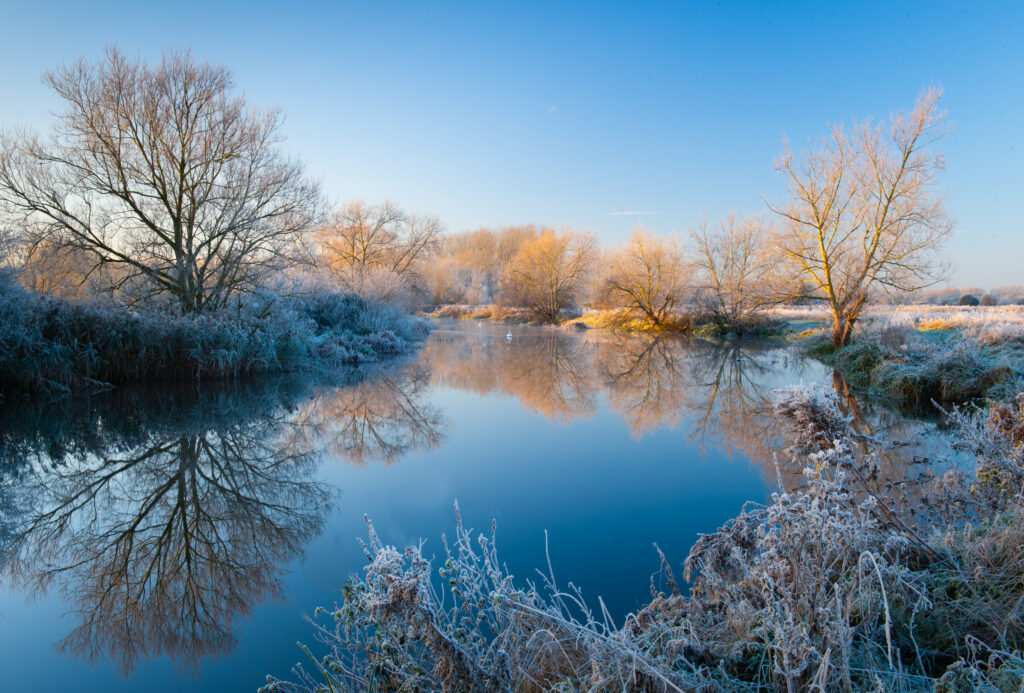
How to: Resize Image Files for Projection
Whether or not you have edited your image file much after it was uploaded from the camera its best to optimise it for projection before the competition to get the best results. The reason we do this is so that the projection program (and the projectionist) has as little to do to the file as possible and stands least chance of messing with the image in any way to project it at the required size at the event. A by-product of this process is that it may well be much reduced in size, so that it can easily be sent by email to the projectionist.
There are several different ways of optimising your files for projection, as there always is with image manipulation these days – even within a single photo editor program. There are some good free AND expensive, specialised image programs out there that will do the job for you automatically and some editors that have their own personal way of approaching the process. I’ll leave those to them who know what they are doing. In our club we have a lot of members with a large range in computer literacy and photo editing skills. If you are going to enter your pictures into club image competitions then it’s a useful skill to acquire, and by its repetitive nature, one that you will soon pick up.
First thing to note is that the Olney Club projector has a fixed resolution of 1024 by 768 pixels.
That’s 1024 wide by 768 high. Other projectors have different resolutions so get to know what it is
for other competitions. Because the projector uses landscape orientation by default, landscape
images will appear biggest using the screen more effectively. Portrait orientation is OK but there is
going to be a lot of black ‘unused’ area at the sides.
Second thing to note is that the projection program expects a jpeg type file. This is the almost
universal image file type with an extension of .jpg or .jpeg . When saving as jpeg image use the
highest quality setting. Also, the image workspace should be sRGB, again almost universal with
cameras these days unless you have become specialised – the projection program will not convert
this from other workspaces for you.
Below we are going to show how to optimise the image using Photoshop as an example, but other
image editors like Gimp, Photoshop Elements and PhotoLine have a similar set of user controls and
can be used to follow roughly the same process.
Resizing Your Image with Photoshop
The following instructions are for Photoshop. Other editing tools work in a similar manner.
Select Image>Image Size dialog (in Gimp: Image>Scale Image).
Make sure on this dialog that ‘Scale Styles’, ‘Constrain Proportions’ and ‘Resample Image’
boxes are checked and ‘Bicubic Sharper’ is selected (in Gimp: Cubic).
Now – many of our members get the next bit wrong – because it takes a bit of thought (grin). I’ll be a
bit repetitive here just to drive the point. Any given image has what we call the ‘long edge’. That’s the vertical for portrait format and horizontal for landscape. You can crop your image just how you like to suit the composition (but remember what I said above about landscape format being best for impact), so sometimes landscape format might get cropped so that the height is not taking up the full projection height (like wide-screen style) but for landscape format the long edge will ALWAYS be the horizontal one.
Alternately for portrait format the long edge will ALWAYS be the vertical one.
- For landscape format enter 1024 into the pixels Width box. The Height should calculate
automatically. - For portrait format enter 768 into the pixels Height box. The Width should calculate
automatically.
Check: if the Height is consequently more than 768, then set the Height to 768 and the Width will
adjust automatically, or if the Width is more than 1024, then set the Width to 1024 and the Height
will adjust automatically. At least one dimension will now be at its maximum. Press OK then Ctrl+0 (or whatever) to restore picture to full screen.
Phew – did it!